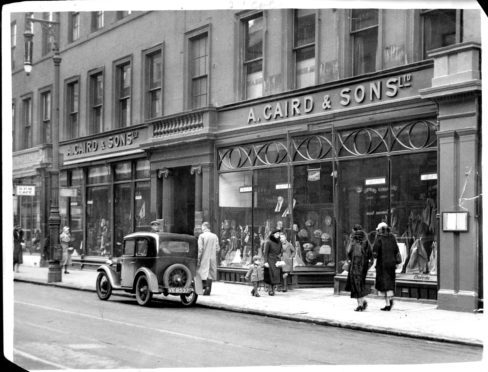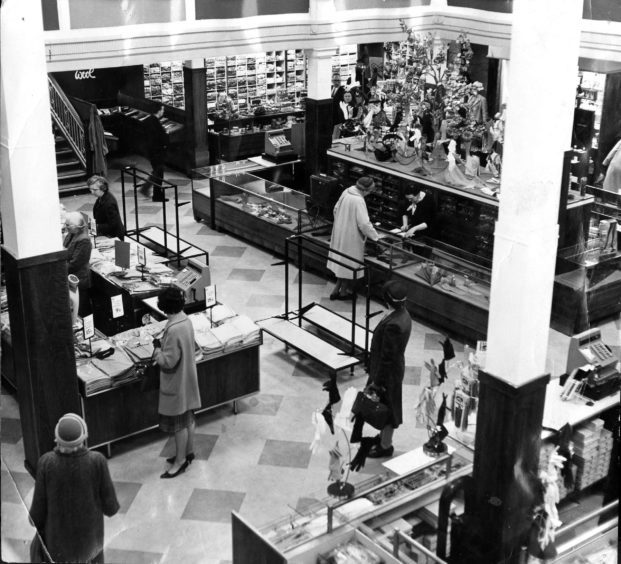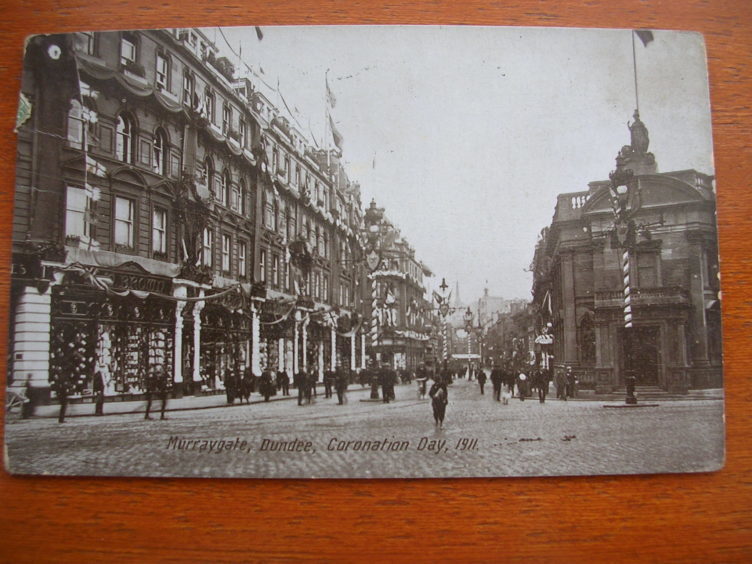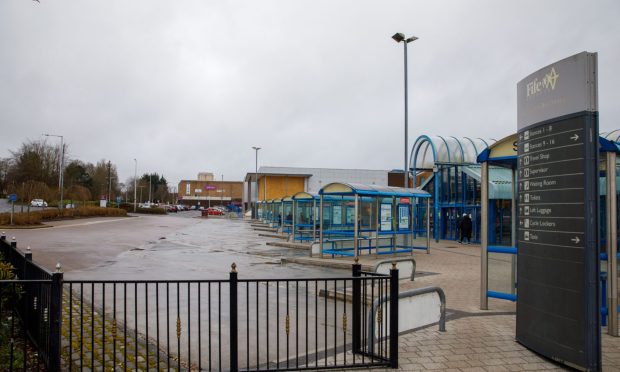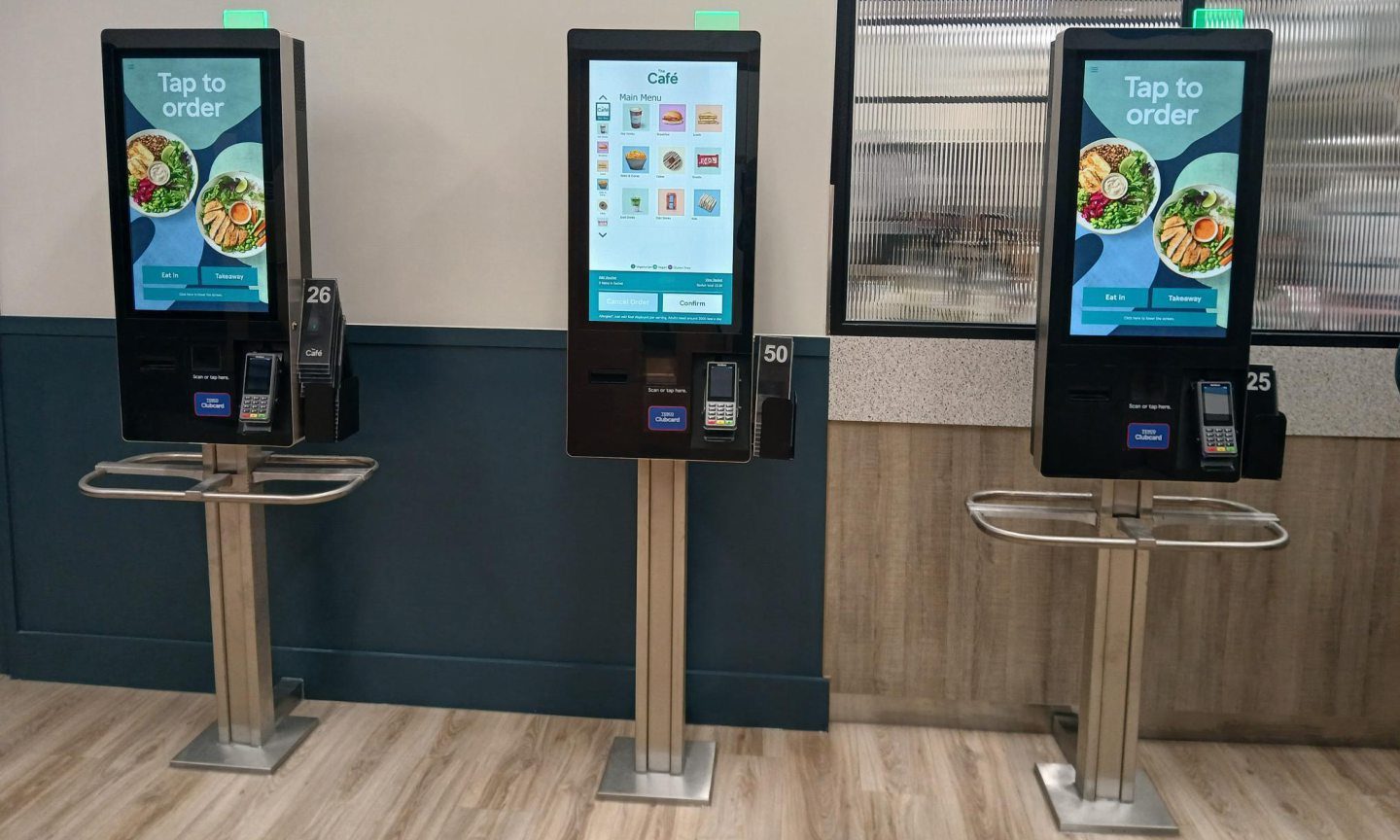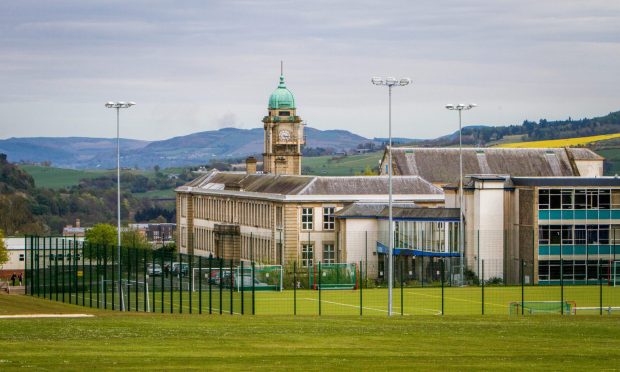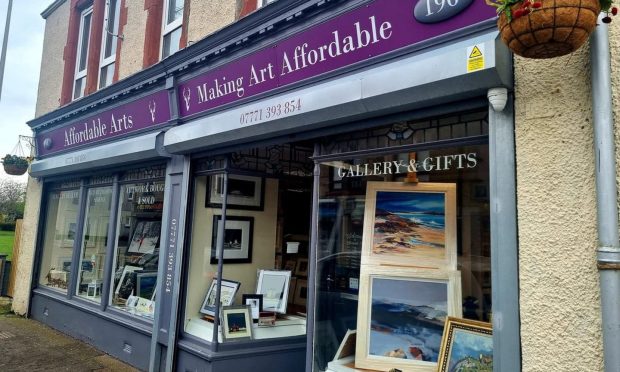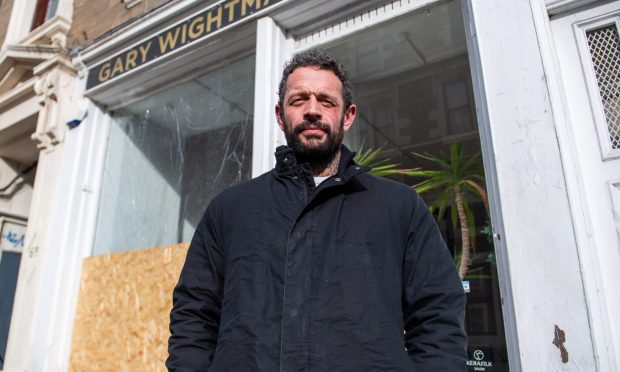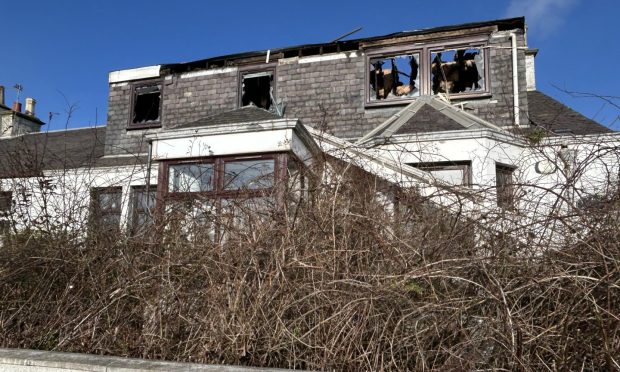As House of Fraser announced it is to close 31 of its 59 shops, Gayle Ritchie explores the challenges faced by department stores in the 21st century
Once the major attraction of High Streets across the UK, shoppers are increasingly resisting the lure of many department stores.
Yesterday House of Fraser announced it intends closing 31 shops, affecting 6,000 jobs, as part of a rescue deal.
In a statement, chairman Frank Slevin said the retail industry was undergoing “fundamental change”, and the company “urgently needs to adapt”.
But it’s not the only chain struggling to survive. Debenhams and M&S plan to shut stores as profits fall and BHS spectacularly collapsed in 2016.
However, some department stores – House of Bruar near Blair Atholl, Jarvis Brothers in Forfar, and Beales in the former McEwens building in Perth spring to mind – are bucking the trend and prospering. What’s their secret?
Is it a case of more people going online to shop, or preferring fast fashion from the likes of Primark?
Perhaps it’s because the decor of older stores is dated, and the warren-like buildings, which are easy to get lost in, are testing our patience.
Tony Brown, CEO of Beales, puts it down to location and focus. “We trade in market towns so try to pick our locations where there’s a need for a local department store,” he said.
“That’s where we benefit; we become important to the community we serve.
“We try to tailor the ranges in our stores with the community and socio-economic group in mind, while the likes of House of Fraser and M&S have generic ranges. We look at stores in detail; we look at the micro without losing focus.”
Family-run Rejects department store in Kirkcaldy is another success story.Owner Anne McPhail reckons great customer service and knowledgeable staff is key.
“Shopping is still one of our national sports and is loved by many, especially when we offer fun events in-store like competitions and workshops,” she said.
Ewan MacDonald-Russell, head of policy and external affairs at the Scottish Retail Consortium, said department stores are a “microcosm” of what’s happening to the broader retail industry and puts their decline down to a mix of technology, high business rates and old-fashioned layouts.
“People like to compare prices on the move using handheld devices,” he said.
“Department stores are hit because they have such a big range of products available in other places. That puts pressure on them to run really slim margins.
“Because of size and placement – many are on the High Street – business rates and costs of employing staff are also a problem.”
The shops that do well tend to be those who have looked at “tech” measures, he said.
“Some have augmented reality campaigns which give shoppers insight into how products will look at home. It’s about added value.”
There’s also the fact many older buildings aren’t “set up” for modern retailing.
“It can be hard to adapt and make changes to these shops while conserving them,” said Ewan.
“Those bucking the trend do so by having something different and distinctive to offer – the unique customer experience. It might be great hospitality or the fact there’s great coffee and cake.”
But the closure of some chains does not spell the death knell for department stores, says Ewan.
“Things are changing but people will continue to shop. Adapting is a hard thing to do. Between 2008 and 2015, 1800 shops closed across Scotland. There are fewer shops and the shops that are there need to be ready for the future. That’s a big challenge.”
GRAND OLD SHOPS – A GREAT LOSS
Many people feel that grand department stores gave cities character – losing such icons was a great loss.
While many boasted quirky tearooms, some lured in customers with other attractions, too.
For example, Glasgow’s Lewis’s opened a menagerie in the 1950s that included parrots and small animals. Alas, it went into administration in 1991.
In Edinburgh, Patrick Thomson’s had a restaurant with an in-house orchestra and in 1955, 5,000 people showed up to see Santa Claus descend a 60ft golden ladder in the store. Despite its best efforts, it closed in 1982.
As for Dundee, it had Draffens, Caird and Sons, DM Brown and The Smith Brothers, but they have all closed. However, such stores they made their mark on millions of shoppers and browsers.
Frances Headley, 84, fondly remembers the department stores of her younger days.
“Many years ago, department stores were very lush,” she recalls.
“When you walked in, you were treated very nicely and you could almost smell the perfume in the air!
“One store I visited had a lad in the lift that took you up and down! But I suppose you have to move with the times.”
These days, Frances, of Newport-on-Tay, orders clothes online with help from her daughter or from catalogues.
